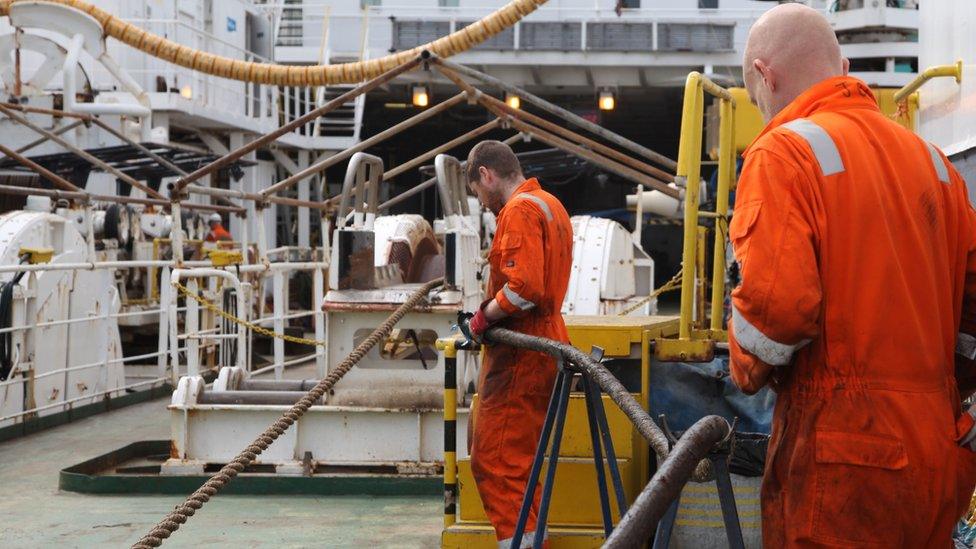Undersea cable break: Four things you wanted to know
- Published
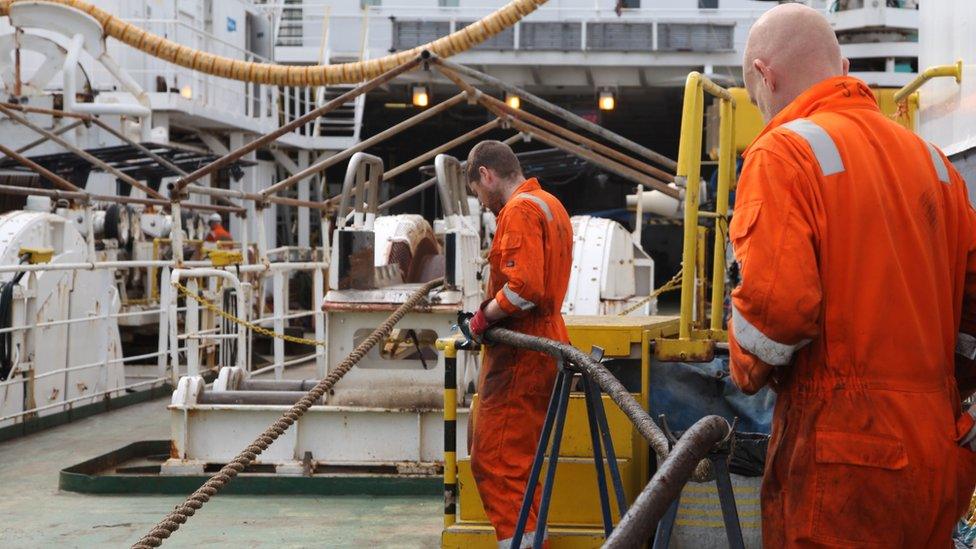
In January it took about a week to repair a cable that was cut when a ship dropped anchor in stormy seas
A ship dragging its anchor cut three undersea internet cables connecting the Channel Islands to the UK this week. You've been sending us your questions about what happened and what's happening now to fix them.
The severing was described as unprecedented and repairs would be "extremely tricky" and take up to three weeks.
While there were no major problems, having just a single connection out of the islands was described as "risky".
It happened on Monday evening with one cable being cut after another with connections was redirected through France.

1. Are the positions of cables marked on maritime maps? If so, what is to stop this critical infrastructure being deliberately attacked?
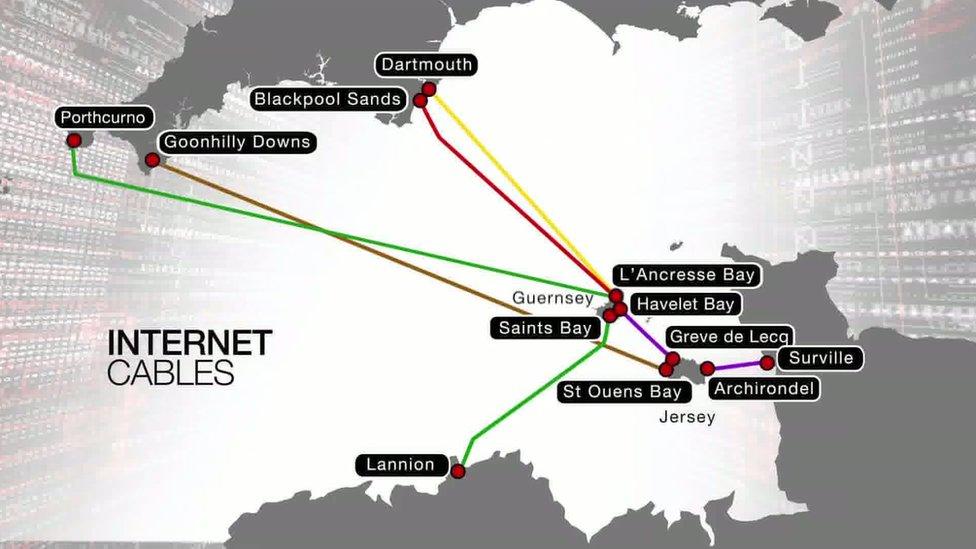
There are a number of cables going from the Channel Islands to the UK and France
The positions of the cables are clearly marked on maps, charts and navigation systems so ships know where they are and do not drop their anchors.
This includes clear warnings of banned areas where ships are not allowed to drop anchor. A spokesman for telecoms firm JT said if they were not marked you could see this happening more often.
Professor Jim Norton, an expert in the undersea network, said people had to plan on losing cables. While they allow for large amounts of data to be shared, they can be vulnerable.
The Maritime and Coastguard Agency said: "These navigational charts are appropriate to the voyages they intend undertaking and show all navigational information including the position of sea-bed cables.
"During a storm it is possible that a ship may drag its anchor along the sea bed and it is possible for a vessel to unintentionally cause damage to seabed cabling.
"A prudent ship's master would try to avoid the chances of this ever happening by choosing an appropriate place to anchor and being prepared to raise the anchor and steam away from the area of risk in the case of bad weather."

2. What measures are being considered to stop this happening again?
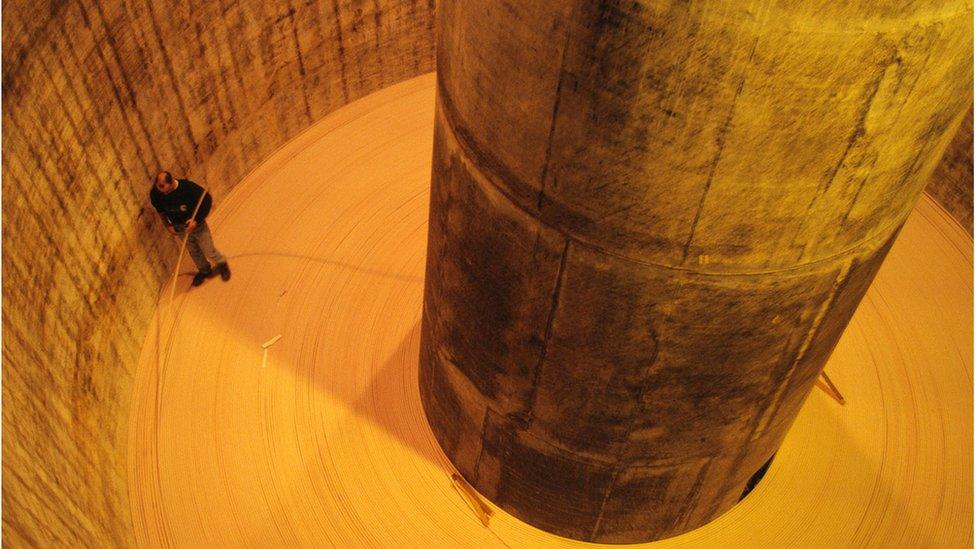
The network is made up of miles of fibre optic cables running under the sea
JT has four cables, so the islands remain connected when something like this happens, something the company says has been invaluable to maintain its services.
There are other undersea cables that can carry telecom traffic by company Sure, along with Guernsey and Jersey Electricity and private businesses like banks.
Richard Moore, from Sure, said: "Despite numerous breakages since the first fibre-optic cable was laid to the islands in 1989, the reliability of our telecoms operators is in real terms, impeccable."
He added that networks operated by internet service providers were designed so if there is a problem with one cable, data can be sent through another cable.

3. Why are the internet cables not buried in the seabed like most other cables?
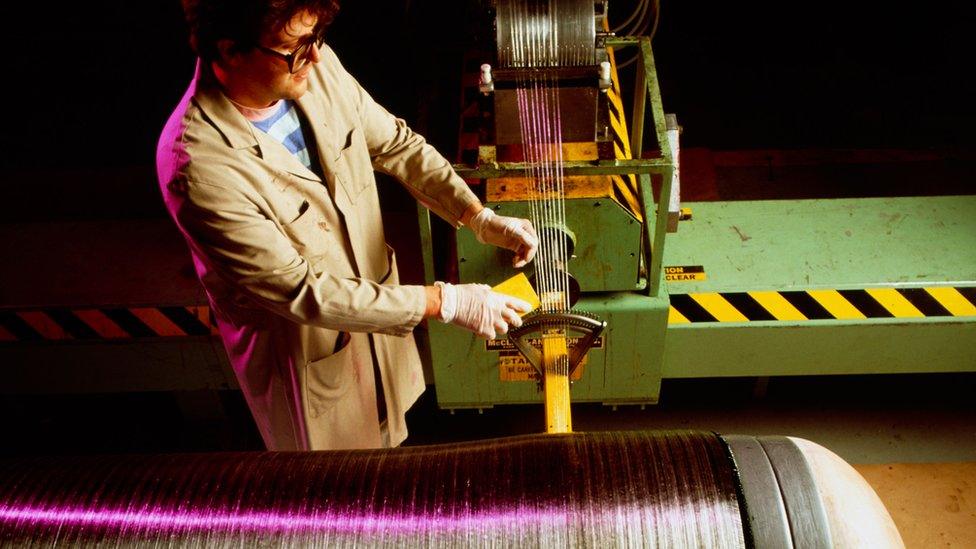
Fibre optic cables allow very large amounts of data to be sent at one time
JT says the cables are mostly buried, but obviously, some sections can not be, depending on the seabed they run over.
The company says that does not mean the broken cables weren't buried as even if you put them under the seabed a dragging anchor would still break them.
Until the teams get down to the breaks, they will not know exactly what the situation was in this case.

4. What would the impact have been on services if all the cables had gone down at the same time? What about cloud-based applications?
Richard Moore, from Sure, said the islands could not develop economically in isolation, so had to rely on outside communication links.
He said the islands were well protected so the risk of everything going at once was very small.
He said internet-enabled applications were usually designed to cope with an unstable connection for a short-term loss would not have a big impact.
Mr Moore said: "Software designers have long needed to consider the impact that intermittent wi-fi signal, or the loss of mobile networks, might have on transactions processed by their app."
He said cloud companies should consider using multiple service providers in a number of locations to reduce the risk of services stopping.
- Published30 November 2016
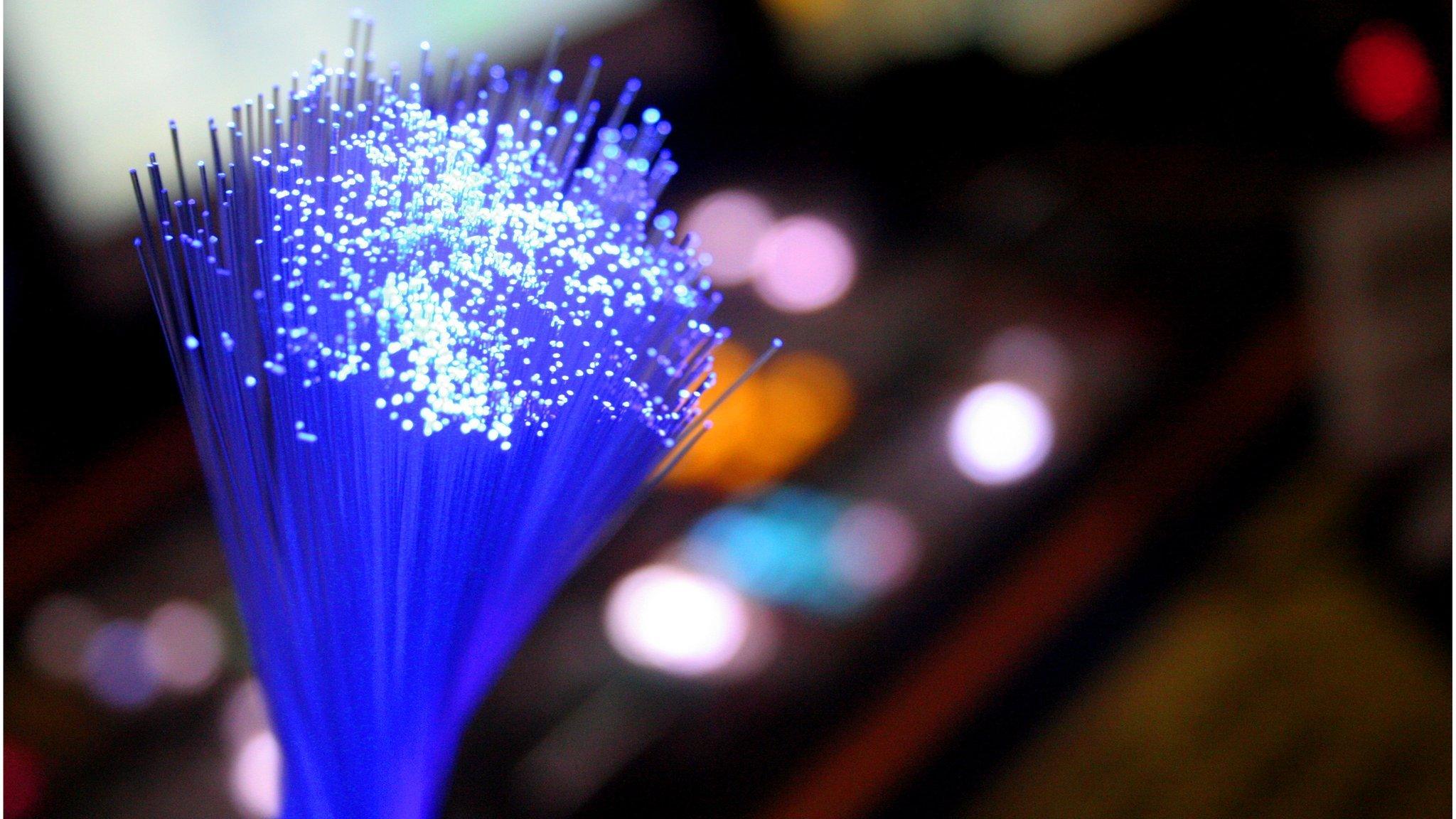
- Published29 November 2016
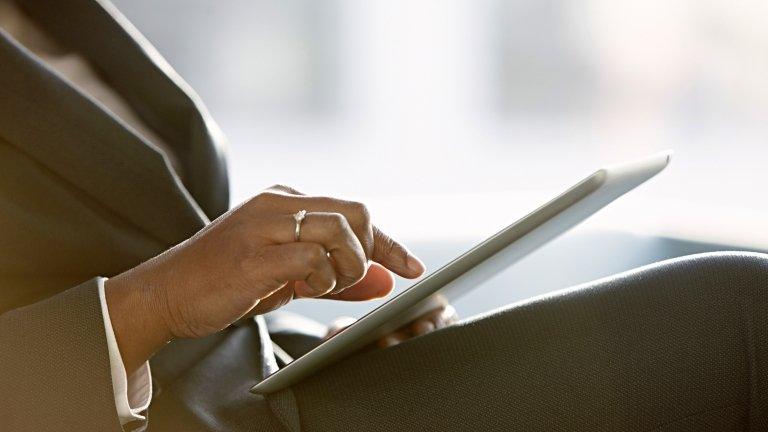
- Published21 January 2016
